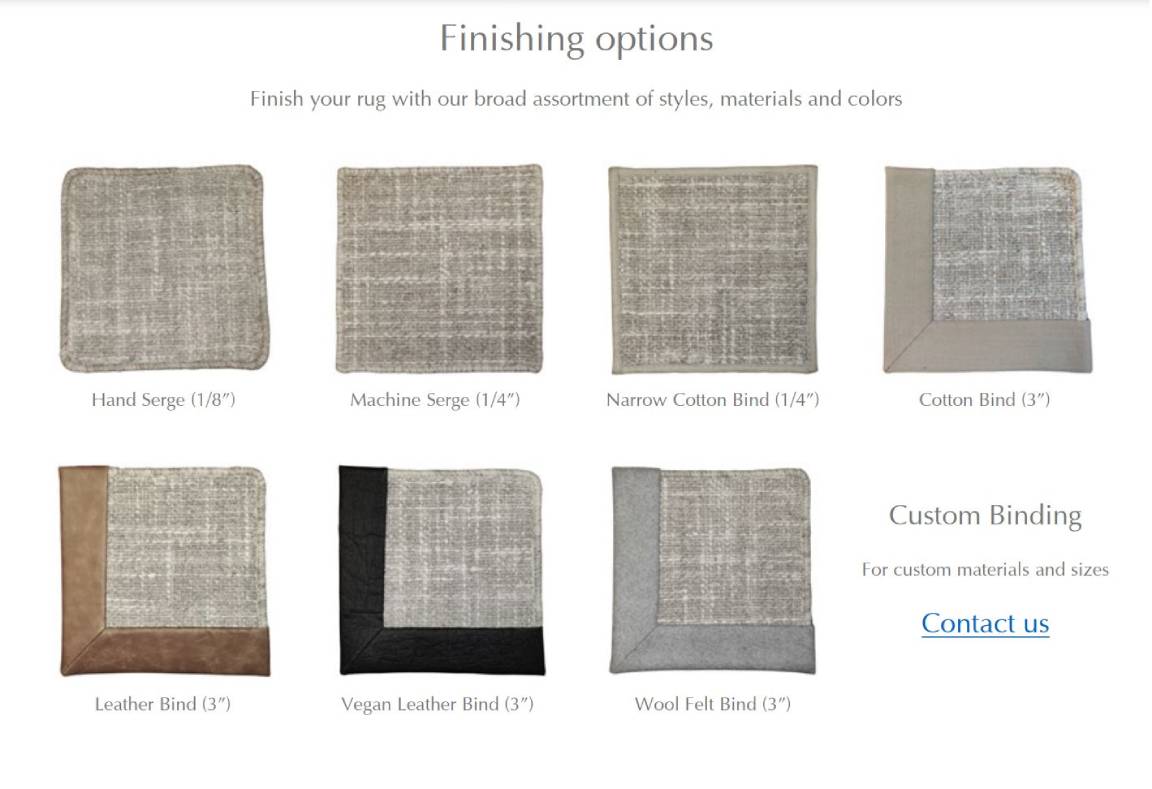People are biophilic by nature, and so our surroundings have an impact on our emotions and overall well-being. Often, we focus on the superficial aspects of interior design, overlooking the deeper psychological and emotional influences our environments exert. Let’s look at the science behind how our surroundings shape our emotions, the natural ways our brains respond to our homes, and how we can design spaces that foster happiness, relaxation, and productivity.
Biophilia: How Nature Shapes Our Emotions
Our emotional connection to nature isn't just sentimental; it's grounded in hard science. Harvard biologist Edward Wilson introduced the idea of biophilia in his 1984 book, proposing that humans possess an inherent urge to seek connections with nature and other forms of life. This connection profoundly influences our mood, stress levels, and cognitive abilities.
Including natural elements in our living spaces can dramatically improve our well-being. Sunlight, for example, doesn't just brighten rooms; it elevates our mood by enhancing serotonin levels. Indoor plants do more than beautify - they lower cortisol levels, promoting serenity and relaxation.
To deepen the synergy between our environments and our natural demands, our living spaces must match our personal tastes and preferences. When our environment matches our natural demands, we experience greater satisfaction and well-being, while mismatched or disordered spaces can cause tension and confusion.
Divya Living acknowledges the power of natural harmony. We are inspired by the life in nature around us, and our products aim to provide a rich, sustainable foundation for conscious living. Our rugs and carpets are more than decor; they enhance the connection between your personal space and the natural world, fostering tranquility and emotional balance in both high-end residential and soft-commercial environments.
The Neuroscience of Home: How Design Influences Our Brain
We might not be aware of how our brains are wired to respond to our surroundings. The reticular activating system (RAS), a network of neurons in the brainstem, filters sensory information and decides what we pay attention to. The RAS scans our environment for signals of safety or danger, significantly impacting our emotional state.
For example, a cluttered design underfoot can signal chaos to our brain, triggering feelings of stress and anxiety. On the other hand, a well-patterned and aesthetically pleasing floor promotes feelings of safety and relaxation, making it easier to concentrate and unwind.
Our response to environments comes from the limbic system; pleasant and harmonious environments release neurotransmitters like dopamine that drive feelings of pleasure and fulfillment.
Divya rugs and carpets are thoughtfully designed, placing a major emphasis on the patterns and texture to create space-inspired influences that turn a home into a sanctuary.
The choice of materials in interior design goes beyond aesthetics; it touches the core of our emotional health. Natural materials bring the serenity of the natural world indoors, enhancing our connection to nature. Using sustainable, organic materials can evoke a sense of peace and grounding.
Divya Living commits to this philosophy by carefully selecting natural fibers like wool, jute, silk, sustainable man-made fibers, and organic materials. We craft our goods to complement the natural aesthetic and provide the benefits of biophilic design, which harmonizes with the tranquility of nature's calm.
Color, too, plays a significant role in how our brains respond to our surroundings. Different colors evoke different emotions. Understanding the psychological effects of color helps design spaces that enhance emotional well-being.
To help interior designers pick the right colors to surround spaces, Divya offers a selection of colors with pom rings to make the exact color choices for the carpets that the designers have visualized for the right ambient impact.
Designing Interiors for Happiness, Relaxation, and Productivity
To create interiors that truly enhance well-being, we must go beyond superficial aesthetics and consider the psychological and emotional impact of design choices. Here are some basic ideas for designing spaces that promote happiness, relaxation, and productivity:
- Incorporate Natural Elements: Including natural light, plants, and natural materials into interiors will help you create a sense of connection with your surroundings. Great ways to bring nature indoors are big windows, indoor gardens, and wooden furniture.
- Optimize Lighting: Use a combination of natural and artificial light to create a balanced and pleasant atmosphere. Adjustable light sources, such as dimmable lamps and task lighting, help create the right ambiance for different activities.
- Use Soothing Colors: For places like bedrooms and living rooms where you want to unwind, choose colors that promote calmness and relaxation. Soft and neutral tones are excellent choices. For workspaces, consider colors that enhance concentration and inspiration, such as soft yellows or muted greens.
- Declutter and Organize: A clutter-free environment greatly reduces stress and increases feelings of control and clarity. Arrange your space with effective storage solutions. Minimalist design principles also help create a sense of order and simplicity.
- Personalize Your Space: Your environment reflects your personality. Personal touches, such as artwork, photographs, and meaningful objects, establish your individuality and boost your emotional well-being.
- Create Zones for Different Activities: Create a sense of purpose and functionality by designing specific areas for different activities. Distinct zones for socializing, leisure, and work enable you to move between activities with a well-balanced lifestyle.
- Prioritize Comfort: Ergonomic furniture enhances productivity and reduces physical discomfort, while cozy textiles and soft furnishings create a warm and inviting atmosphere. Choose the style and materials that are comfortable and conducive to the specific activity.
Biophilic Approach - A New Frontier in Design
Interior designers have the power to transform lives by creating spaces that go beyond mere aesthetics and create environments that truly support and uplift their inhabitants.
Our homes and work areas are more than just physical spaces—they are environments that shape our emotions, well-being, and overall quality of life. By recognizing the deep connection between our surroundings and our psychological state, we can design interiors that not only look beautiful but also nourish our minds and souls.




